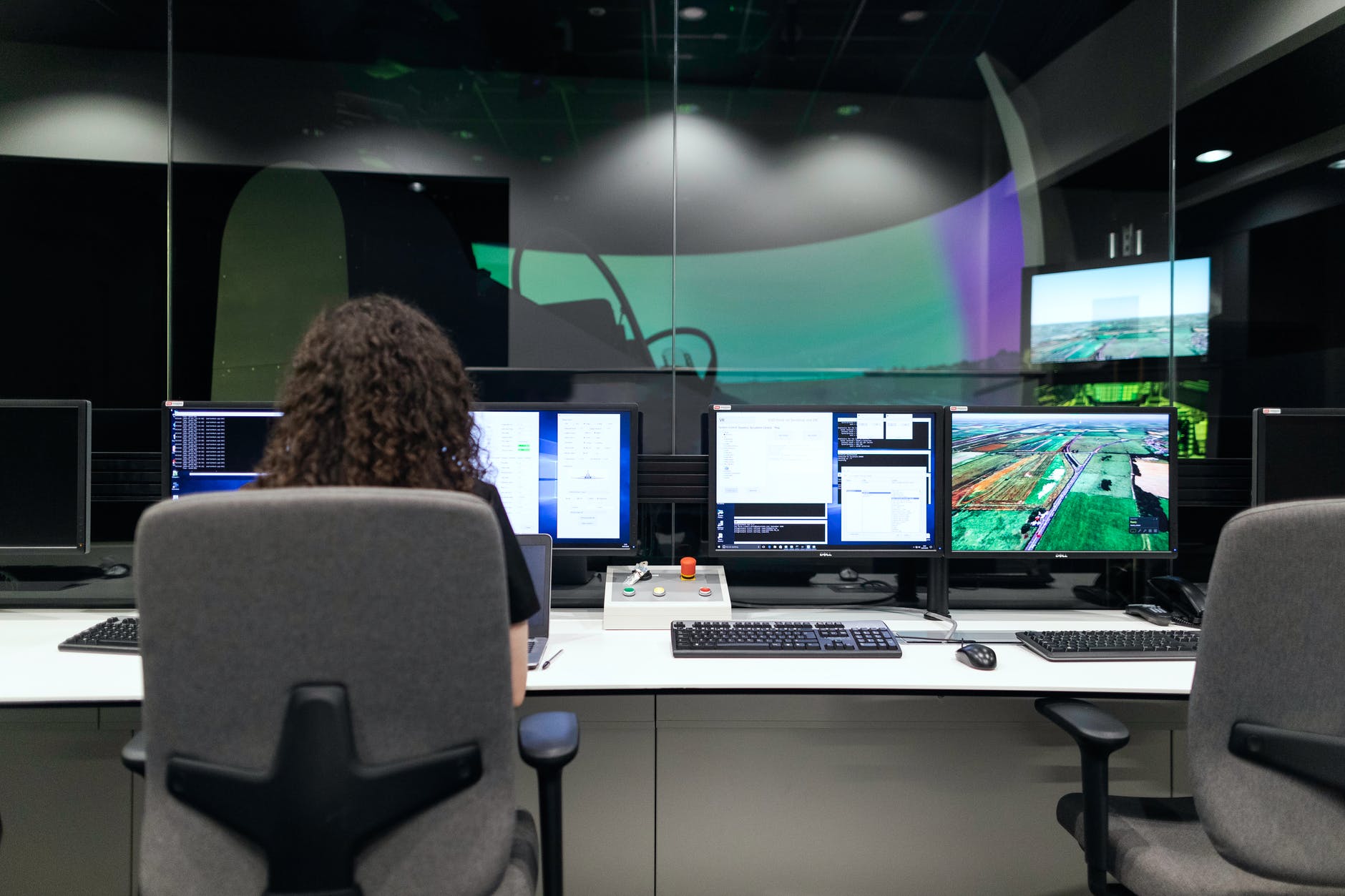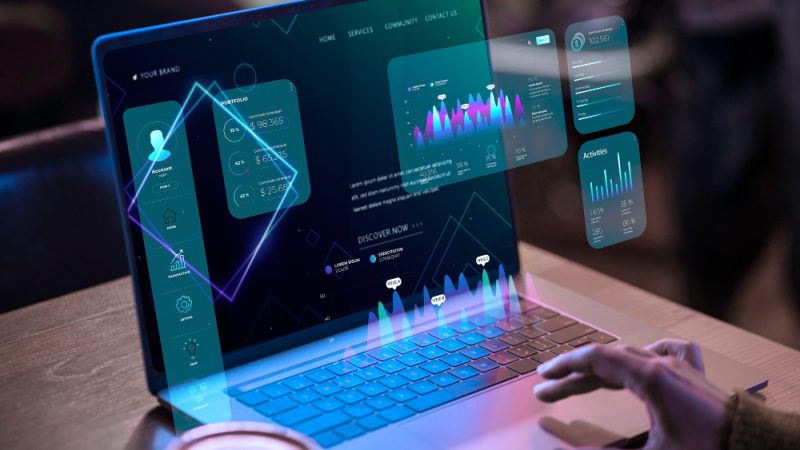Evolution of Technology during the Pandemic

The pandemic has paused lives but could not stop the growth and development of technology. The digital world has seen heights worth years in the few months of lockdown. The new normal has adopted most of its features from technology to keep life going and allow companies and businesses to survive the surge. Almost every country in the world was affected by the Coronavirus pandemic, both urban and rural clusters. The shutting down and lockdowns led to people using the internet and internet-based platforms to communicate and interact from their safe zones.
Some of the platforms that topped the digital platform during the pandemic are
Zoom: A videotelephony software used for video chatting and conference purposes. The 2012 released app is available in 11 languages and has become the 5th most downloaded app in 2020. It is compatible with Windows, macOS, iOS, android and many other operating systems and has been used for educational purposes, office meetings, friends meet, remote work and church gatherings. It has seen about ten times increase in usage within this whole year.
Microsoft Teams: Microsoft developed the communication platform as a part of their Microsoft 365 package. They provide workspace, chat boxes and video conference features for proprietary business applications. It was launched in 2017 and is a web-based desktop app. Its upgrade has enhanced features like managing remote teams, work from home, group chats, screen sharing, virtual backgrounds, and more during the lockdown.
Google meet: The initially called Hangouts Meet is a video conference service introduced by the world-famous Google. Being introduced in 2012, it has been an enterprise-friendly web app and an android and iOS app. It is accompanied by various features as the other platforms, like screen sharing, video conference, whiteboard, audio filters and more. However, the advantage of this platform includes its integration with Google Calendars and Google Contacts.
Other platforms include; Skype, WebEx, Slack, BlueJeans, Whereby, GoToMeeting and more.
While these platforms have kept communication and relationships online, technology has introduced new features to help get through the Pandemic itself.
Wearables: They are wristbands introduced in various countries to track those affected by the virus, with whom they have come in contact, and even their location tracing. It also keeps track of the heart rate, steps count, blood pressure, sleep pattern and other health factors that can be signs of the infection. In addition, it aims to tackle asymptomatic cases and analyse algorithms of abnormal patterns to detect the possibility of the condition.
Some of the companies that worked on introducing wearables into the market are Fitbit, CarePredict, Ava, Motiv etc.
V-Commerce: With people being locked indoors, online shopping was the only possible food source, essentials and groceries. Integrated with AI facilities, online stores have turned into a virtual commerce platform with affordable pricing, product selection, and in-person experience. For example, the US-based Lifestyles in 360 collaborated with Whole Foods to give their customers this experience in some parts of the country. This innovative step has its restrictions but has helped people get through the social distance fatigue.
Cloud-Based CT service: This AI-based technology was introduced in China to detect COVID-19 pneumonia cases in China. It processes CT images within seconds and deciphers the COVID-19 infection from lung diseases, cancer or other issues. Thus, it has helped speed up the diagnostic process. COVID-Net is another convolutional neural network designed to detect the same. With various diseases rising back to back, these systems can help survey the COVID infected patients and trace their data with cloud-based features.
Online hospital service: Virtual care communities have expanded on the internet. Hospitals have opened online portals to deliver remote health care and tips to patients. These digital monitoring and video conferences have reduced people’s exposure to the deadly pestilence. In addition, virtual care has increased healthcare access during the pandemic and has provided home remedies and measures for chronic conditions or mild illness. Indeed, the platform has limitations like privacy breach, internet connection, equipment malfunction, time restraints, and more.
Although the pandemic has been crucial, the never-ending specimen has made life challenging for all of us. However, with the unbeatable innovation of technology, we have achieved a nearly survivable lifestyle. The new normal has transformed our being by connecting with family and friends, having time to experiment and do good. Technology has helped people and the medical field in finding new measures to track and keep the virus under control. Countries have deployed various digital technologies for surveillance testing, quarantine, clinic management, planning facilitation to assure front line workers a tomorrow.
Author Bio – Code is the central element that governs Joy Gomez’s universe; how he thinks, and how he lives. He is a self-taught, process-driven programmer and a first-generation immigrant from Southern India. He has completed engineering school while working full time with generous support and scholarships from employers due to his high productivity and drive. He is and has a Black belt in Lean Six Sigma. He has created Field Promax to pursue his natural-born expertise – code, streamline processes, and code more.






